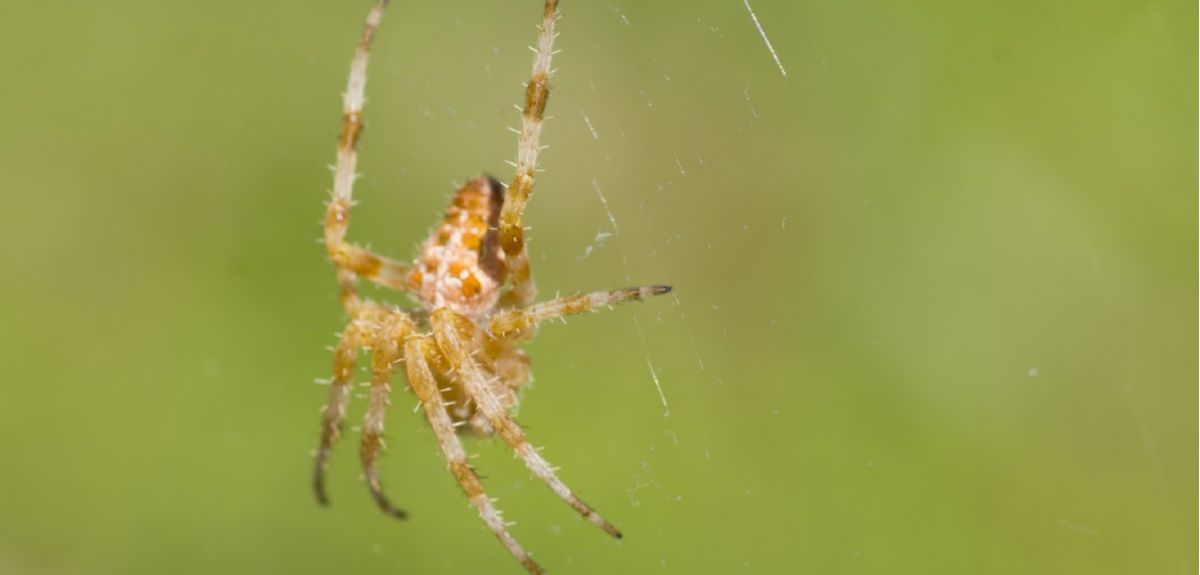
Good vibrations: how can spiders locate their prey?
A study published today by Dr Beth Mortimer and colleagues at the Department of Zoology and University Carlos III of Madrid reveals that orb weaving spiders can compare 3D vibrational inputs into their 8 legs from the web to locate prey.
Watch a spider catch its prey:
Dr Mortimer found that as vibrations spread from prey through a spider’s orb web, the information on prey location becomes available by comparing 3D motion across the spiders’ eight legs.
Using computer models of orb webs, the researchers investigated whether web vibration contains information on the location of a vibration source for spiders that directly and remotely monitor web vibration.
They found that comparisons of 3D vibration magnitude across eight legs (direct monitoring) allowed them to determine vibration source distance and direction, which was not possible with a remote monitoring strategy.
The researchers concluded that specific web features which are under the control of spiders that promote the transfer of localisation information.
Read the full paper: ‘Decoding the locational information in the orb web vibrations of Araneus diadematus and Zygiella x-notata’ in Journal of the Royal Society Interface